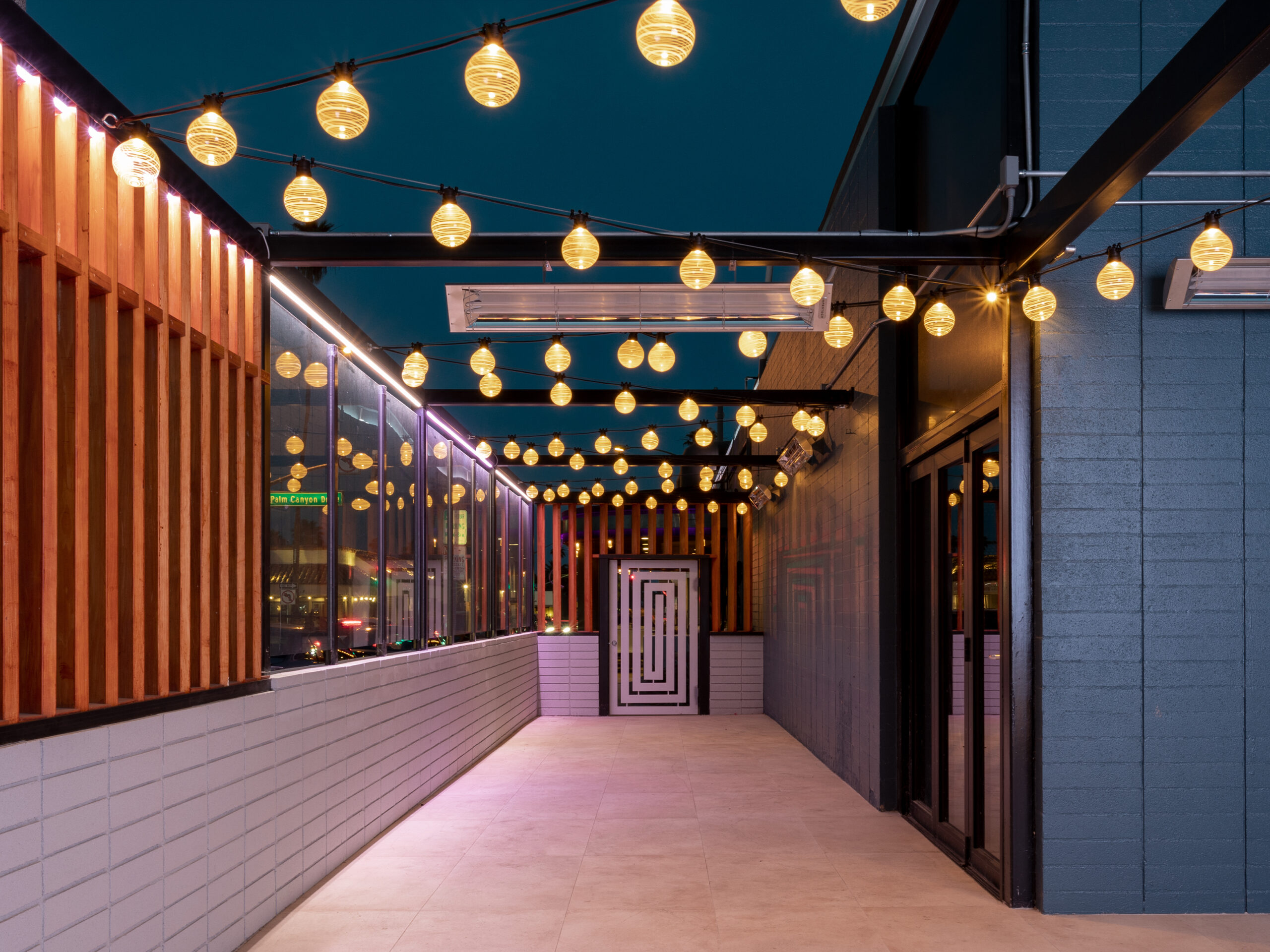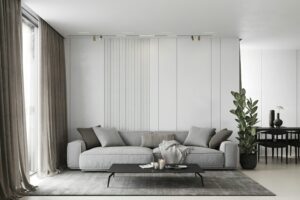Lighting is not just a practical necessity; it’s a powerful tool in emotional design. At Lumigy, we understand the profound impact that lighting can have on the ambiance of a space and, subsequently, on the emotions of those within it. The interplay of light and shadow can transform a room, evoking a wide range of emotions from calm and relaxation to energy and creativity. This concept, known as emotional lighting, is central to our philosophy at Lumigy, where we strive to create lighting designs that enhance the emotional well-being of individuals in various spaces.
The Science of Lighting and Emotions
Lighting affects us on multiple levels – visually, physiologically, and psychologically. It can influence our mood, circadian rhythms, and even our health and well-being. Different lighting conditions can stimulate different emotions and behaviors. For example, warm, soft lighting can create a sense of calm and relaxation, making it ideal for living rooms or bedrooms. Conversely, bright, cool lighting can increase concentration and alertness, making it suitable for offices or study areas.
At Lumigy, we incorporate the principles of lighting psychology into our designs, aiming to create spaces that not only look good but also feel good. By understanding the emotional impact of various lighting setups, we can tailor our designs to evoke the desired emotional response, whether it’s a sense of warmth and welcome in a home or focus and productivity in a workplace.
Strategies for Emotional Lighting Design
To achieve the desired emotional effect in a space, we employ a variety of lighting strategies. These include:
Color Temperature
We adjust the color temperature of lighting to match the desired mood. Warm lights (with a lower color temperature) are used to create cozy, inviting spaces, while cool lights (with a higher color temperature) are used to enhance focus and energy.
Lighting Intensity
The brightness of light can significantly affect emotions. We carefully balance lighting intensity to suit the function of each space, ensuring it promotes the desired emotional state.
Dynamic Lighting
We create dynamic lighting systems that change throughout the day or in response to specific situations, mimicking the natural progression of daylight. This not only supports the body’s circadian rhythms but also adds a layer of emotional richness to the space.
Directional Lighting
The direction of light can dramatically alter the perception of a space. We use directional lighting to highlight architectural features, create visual interest, and influence the room’s emotional tone.
Layered Lighting
By combining ambient, task, and accent lighting, we create layered lighting schemes that add depth and dimension to spaces. This approach allows for flexibility in controlling the mood and functionality of the space.
The Impact of Emotional Lighting in Different Spaces
The application of emotional lighting varies significantly across different spaces. In residential settings, lighting is designed to create a warm, welcoming atmosphere that promotes relaxation and comfort. In commercial spaces, such as retail, the focus is on creating an engaging environment that enhances customer experience and encourages interaction with products.
In workplaces, effective emotional lighting can boost productivity and reduce fatigue by providing optimal lighting conditions for various tasks. In educational settings, it can improve concentration and learning outcomes by creating an environment that is conducive to focus and creativity.
FAQs
1. What is emotional lighting design?
Emotional lighting design is the practice of using light in various forms and intensities to evoke specific emotions and create atmospheres within spaces. It involves the strategic use of color temperatures, lighting intensity, directional lighting, and layered lighting to influence the mood, well-being, and behavior of individuals in those spaces. At Lumigy, we specialize in crafting lighting solutions that not only illuminate spaces but also enhance the emotional experiences of the people within them.
2. How does color temperature affect mood?
Color temperature refers to the warmth or coolness of light, measured in Kelvin (K). Warm lights (lower Kelvin) emit a soft, yellowish glow, creating cozy, inviting atmospheres conducive to relaxation and calm. Cool lights (higher Kelvin), on the other hand, emit a blue-white light, which can enhance concentration, alertness, and energy. By adjusting the color temperature, we can tailor spaces to suit specific activities or desired emotional states.
3. Can lighting really influence productivity in the workplace?
Yes, lighting plays a significant role in workplace productivity. Proper lighting can reduce eye strain and fatigue, which are common complaints in office environments. By employing a combination of natural light, task lighting, and adjustable lighting systems, we can create an environment that supports focus and efficiency. Dynamic lighting, which adjusts in intensity and color temperature to mimic natural daylight patterns, can also help regulate circadian rhythms, improving sleep quality and overall productivity.
4. What is layered lighting, and why is it important?
Layered lighting is the use of multiple types of lighting (ambient, task, and accent) in a space to create depth, interest, and functionality. Ambient lighting provides overall illumination, task lighting focuses light where it’s needed for specific activities, and accent lighting highlights architectural features or artwork. This approach allows for flexibility in mood and function, enabling the creation of spaces that can adapt to different needs and occasions, thereby enhancing the emotional and aesthetic appeal of the space.
5. How can I incorporate emotional lighting into my home or business?
Incorporating emotional lighting into your space starts with understanding the activities that take place in each area and the emotions you wish to evoke. At Lumigy, we begin with a consultation to understand your vision and needs. We then design a customized lighting plan that considers the function of each space, your personal or brand aesthetics, and the psychological impact of various lighting strategies. Whether you’re looking to create a serene home environment or an energizing workplace, our team at Lumigy can guide you through the process, ensuring that your space is not only beautifully lit but also emotionally resonant. Visit our website at lumigy.com.au to learn more about our services and start transforming your space with the power of emotional lighting.
Embracing Lumigy’s Emotional Design
At Lumigy, we are passionate about leveraging the power of light to enhance emotional well-being. Our approach to emotional lighting design is holistic, considering not only the aesthetic and functional aspects of lighting but also its psychological impact. We work closely with our clients to understand their needs and aspirations for their spaces, crafting bespoke lighting solutions that bring those visions to life.
Emotional lighting is a transformative tool that can turn any space into an oasis of well-being. By understanding and applying the principles of lighting psychology, we at Lumigy aim to create environments that not only meet the practical needs of our clients but also enrich their emotional experiences. Whether it’s a home, office, retail space, or public area, our goal is to infuse every project with the right light, evoking the perfect ambiance and emotional response.
Incorporating emotional lighting into your space design can dramatically enhance the quality of life for those who inhabit it. As we continue to explore and innovate in the realm of emotional lighting, we invite you to join us on this journey to brighter, more emotionally resonant spaces. Discover more about our work and philosophy at lumigy.com.au, and let us illuminate the potential of your spaces with the transformative power of light.






